Planning on installing solar panels on your caravan but have no idea what size panels you should be getting?
In this article, we will answer that question by taking you through a complete rundown on everything you need to consider when sizing your solar panels.
In addition, we will talk about the different factors that affect the efficiency of solar panels as well as the different types of options available.
What Size Solar Panel Do You Need?
The size of your solar panel will depend on multiple factors including how much power you need, your appliances, how many days you want to stay off the grid, and weather conditions.
In general, you should aim for a 600W-800W solar panel if you need 2,400 Wh (watt-hours). This will allow you to fill a 2,400 watt hour capacity battery faster in case you don’t get the typical 3.8-6 hours of peak sunlight in Australia.
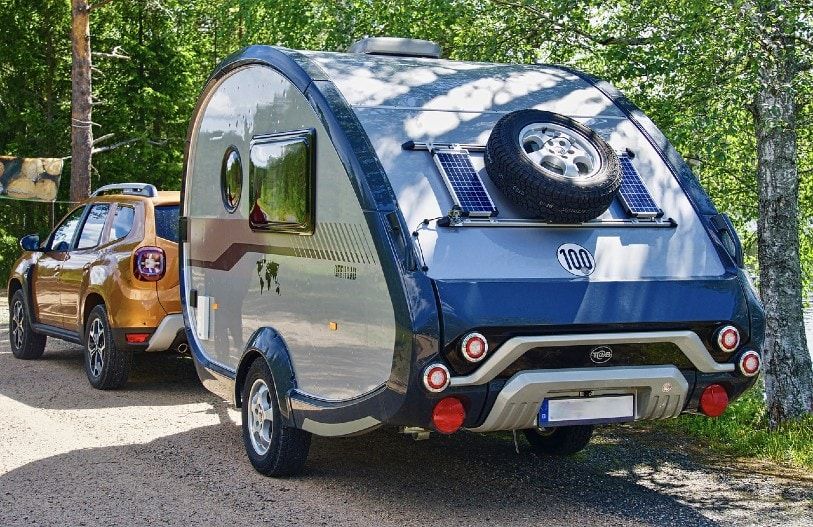
Calculating Your Daily Power Use And The Size Of Your Solar Panel
Before you can choose the size of your solar panels, you need to know how much power you actually need by calculating the watt-hours of your appliances.
First, make a list of all your appliances that you commonly use daily and their respective power outputs. Then, figure out how many hours you need to use them in a day and multiply that number to the power output. The product is the watt-hour that an item needs in a day.
For example:
The total is close to 2,000 Wh. You want to have a little bit of allowance for some unexpected items like a hairdryer or a friend who needs to charge his laptop.
Let’s say you decide to go with 2,400 watt-hours a day to run your appliances including some reserve.
The size of your solar panel will be total watt-hours divided by sunlight hours. So if you need a total of 2400 watt-hours and you have 5 hours of sunlight, you need a 480-watt solar panel.
Most experts will recommend that you bump up your solar panel to a bigger size than what is recommended to account for the different factors that can affect a solar panel’s efficiency. In this case, a 600-800W solar panel will suffice.
Conditions won’t always be perfect. There are times that it’s cloudy or the area where you parked isn’t exposed to sunlight. That’s why it’s essential that you have a 12V battery connected to your panels.
The battery is important for managing spikes in the production and consumption of power because batteries allow you to store power and use it even when the sunlight is no longer there.
An inverter can then allow you to convert this stored energy back to 240V power, if you desire.
If you plan on producing 2400 watt-hours from your solar panels, your batteries should also have at least 2400 watt-hour capacity.
However, there can be extended periods where the sun doesn’t shine, or hot periods where you may want to run your caravan air conditioner. For these reasons, a portable generator can be a handy backup for those who wish to live off-grid.
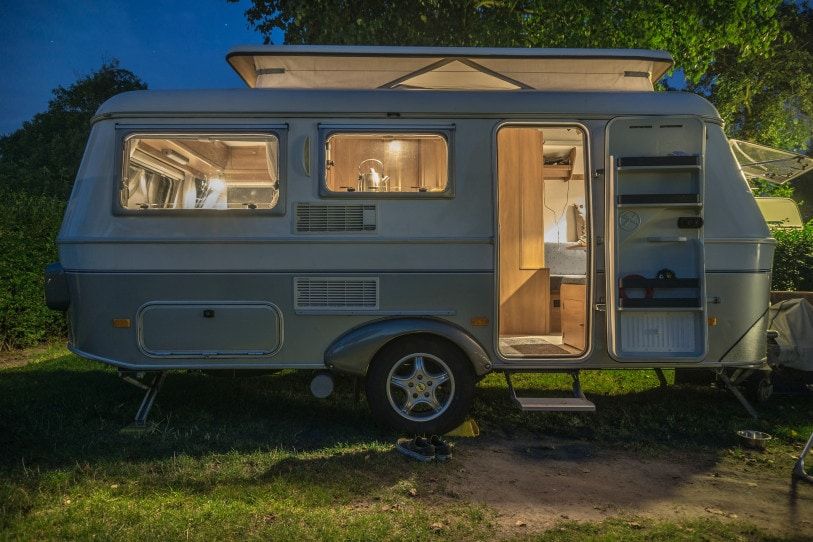
Power Consumption of Various Caravan Items
Before you can figure out what size solar panel you should be getting, you need to know how much power your appliances draw.
Here’s a list of common caravan items.
Appliances | Running Watts |
|---|---|
Television | 150-500W |
Laptop | 100W |
Microwave Oven | 1400W |
Blender | 400W |
Electric Fan | 200W |
Small Refrigerator | 600W |
Vacuum Cleaner | 600-1500W |
Hair Dryer | 300-1200W |
Coffee Maker | 600W-1500W |
Ceiling fan | 120W |
LED Bulb (40W equivalent) | 10W |
Smartphone | 6W |
Electric Shaver | 15W |
The list above is just an example of what most appliances draw. Different brands and sizes of different appliances draw different wattages. Make sure to check the wattage that is used by your own appliances and not just rely on these generalised figures.
How Different Factors Affect Power Production
Sun Intensity
The most obvious factor that could affect the power production of your solar panels is the intensity of the sun.
Solar panels convert around 20% of the sun’s energy to electricity. This means that solar panels can produce more power during peak sunlight hours and less early in the morning and late in the afternoon.
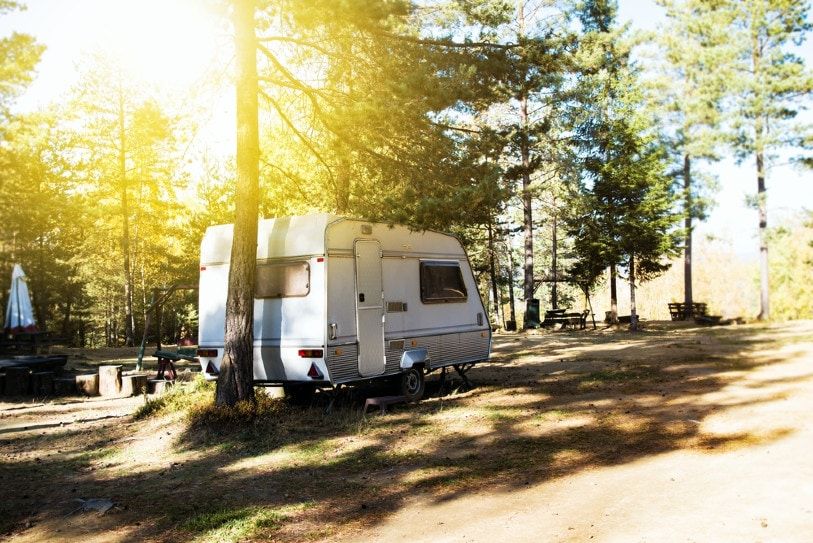
Cloud Cover
Clouds can sometimes block the sun, therefore, reducing the efficiency of the solar panels.
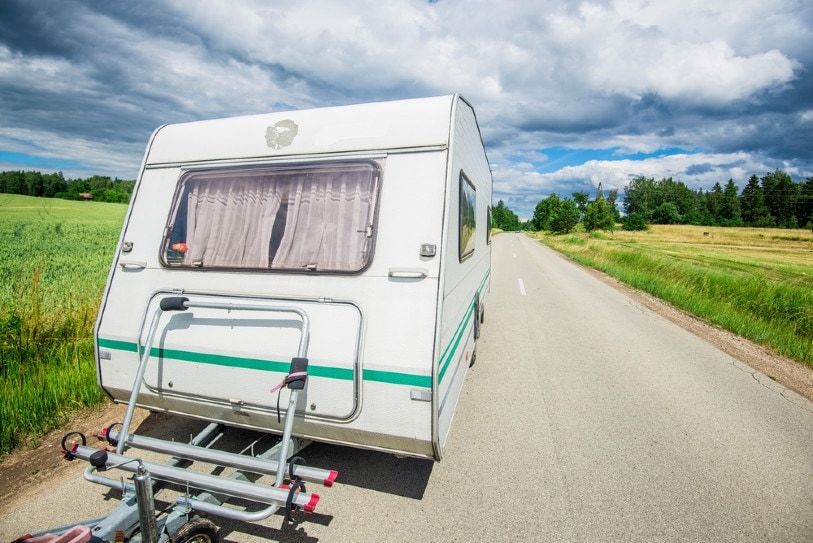
Temperature
Solar panels lose a certain percentage in their efficiency for every 1°C above 25°C. This is known as the temperature coefficient.
For example, a solar panel is 20% efficient and has a temperature coefficient of 0.38% per 1°C. If the temperature is at 30°C, then the solar panel will lose 1.9% of its efficiency. This means the solar panel is now only 18.1% efficient at 30°C.
For this reason, cooler days are better for power production.
Panel Angle
In general, solar panels are more efficient when they're facing the sun. Some solar panels are fixed and cannot be angled towards the sun. Therefore, their efficiency decreases when the sun is not directly overhead.
Different Types Of Solar Panels
Monocrystalline Solar Panels
Monocrystalline solar panels are made from a single pure silicon crystal cut into several wafers making them less susceptible to changes in power output. They appear black because of how light interacts with the pure silicon crystal.
Monocrystalline crystal panels are the most efficient and have the highest power capacity out of all types of solar panels. They come with up to 400W power capacity with around 22 percent efficiency rating making them very space-efficient.
That means, if you use a monocrystalline solar panel with exactly the same size as a polycrystalline solar panel, you’re going to get more power from the monocrystalline solar panel. They come in a 60,72, and 96-cell count, the more cells the better.
One downside with monocrystalline panels, however, is the hefty price tag.

Polycrystalline Solar Panels
Polycrystalline solar panels are made from several silicon crystals melted into a square mould, similar to making a chocolate bar.
Polycrystalline panels are less efficient and more susceptible to changes in power output than monocrystalline panels because of their lower silicon purity.
However, that doesn’t mean polycrystalline panels are not good. Some caravan owners chooses to go with polycrystalline panels because they’re cheap and they work.
In saying that, monocrystalline tends to be the most popular choice these days.
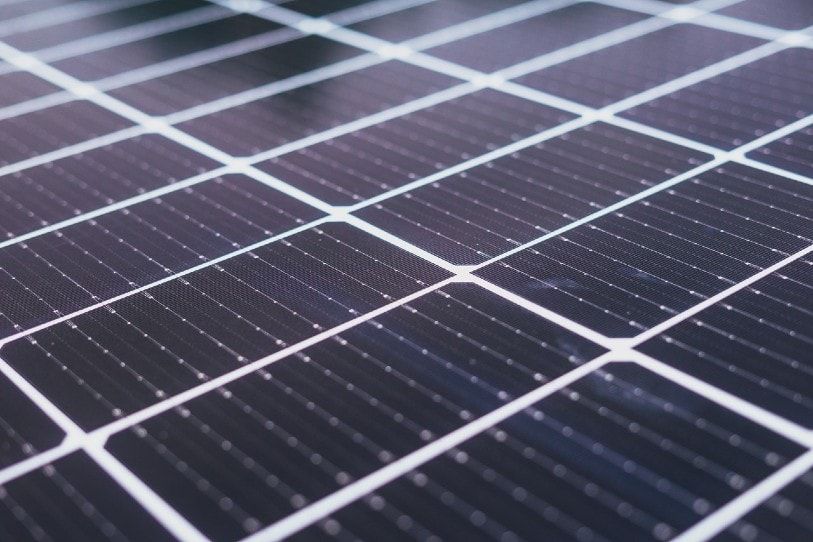
Thin-film Solar Panels
Thin-film solar panels are thin layers of flexible panels that don’t require any frame. They’re the lightest and the easiest to install out of all types of solar panels.
Unlike the typical 60,72, and 96 cell count of the first two types we’ve discussed, thin-film solar panels come in different sizes to suit different needs.
Thin-film solar panels are the least efficient out of all the types of solar panels, which is why it is not recommended for use in a caravan or camping environment.
Conclusion
There is no single answer as to what size of solar panel you need for your caravan. The size of your solar panel will be personalised to you and depends on your usage, location, budget, and expected weather conditions.
Using the information we discussed earlier, calculate your daily power use. List all your appliances and their respective wattage, then multiply that number by how many hours you plan on using them daily.
From there, you will be able to calculate what size solar panels you need.
There are many types of solar panels to choose from. Monocrystalline is the most efficient but also the most expensive.
Still have questions? Leave a comment below!
This article may contain affiliate links. I will earn a commission if you choose to purchase a product or service after clicking on my link. This helps pay for the cost of running the website. You will not be disadvantaged in any way by using my links.
Note that while every effort is made to ensure the accuracy of the information on this page, there may sometimes be errors. Check all specifications with the manufacturer before purchasing any product.


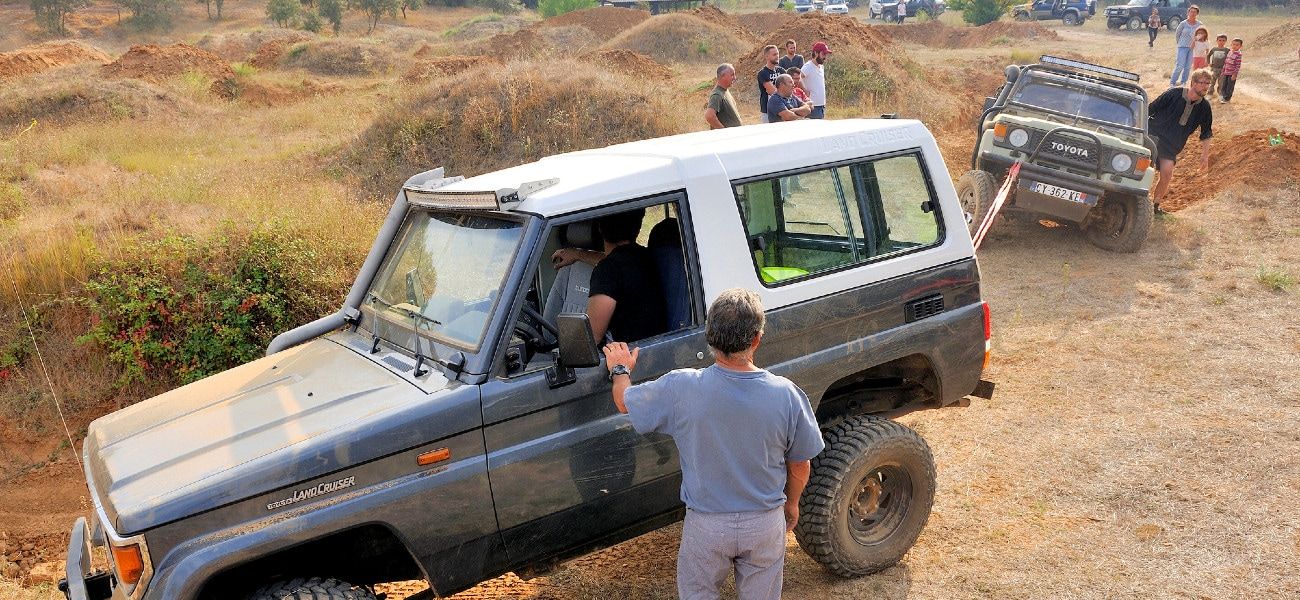

Great article, very informative thanks for the details
I’m in New Zealand , We are going to buy a caravan later in the year. I’m curious about whether we should buy a wind turbine type generator to help keep house batteries maintained. One I looked at could provide 500 watts with 50 kph wind and I guess less wind would mean less output. That unit was around $900 complete. It appears to kick in at 11 kmph of wind.
We intend to live permanently in caravan for a couple of years and coastal nz is rarely without wind to some degree. I like the idea that it would produce power 24 hours a day to some degree if there’s wind.
Interested in your views
Did you get a response Bruce ?